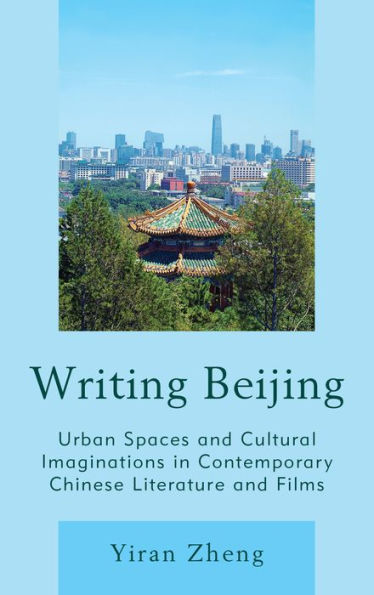One of the oldest cities in the world, Beijing was an imperial capital for centuries. After the founding of the People’s Republic of China in 1949, Beijing became not only the political center of the new communist country, but also the signifier of socialist ideol-ogy and revolutionary culture. Now, in the 21st century, Beijing embodies global conflicts and global connections. Over the course of the last century, then, Beijing moved from the quintessential “traditional” capital to the symbol of communist urban form and finally to a cosmopolitan metropolis. These three stages in the history of Beijing and its shifting representations are the topic of this study. Like other capitals, Beijing is much more than its physical entity. It also functions as a concept, a representation. As city planners have (and continue to) present Beijing to the world as a model, the fluctuating images of Beijing have become solidified in urban space. Today, the urban form of Beijing juxtaposes diverse spaces that span centuries, embodying the various representations of the city by its planners in different eras. These representations of space also provide possibilities for writers to rethink and rebuild the city in their literary works. Chinese writers and filmmakers often essentialize those urban spaces by making them symbols of different urban cultures, the old houses representing “traditional,” “patriarchal” Chinese culture while soviet-style buildings reflect revolu-tionary culture. Finally, the more recent sprouting of apartments, condos, and townhouses stands for the invasion of western modernity and provides evidence of global capitalism in contemporary China. Inspired by Henri Lefebvre, this study establishes a framework that connects urban spaces (representations of space) to writers and literary productions (representational space). I analyze the three major urban spatial forms of traditional, communist, and glob-alized Beijing and examine what these urban spaces mean to Chinese writers and filmmakers as well as how they use them to configure particular images of Beijing. I argue that these different configurations are actually the projections of those writers and filmmakers’ own cultural imaginations; they provoke a form of emotional catharsis and also produce alternative visions of the cityscape.



